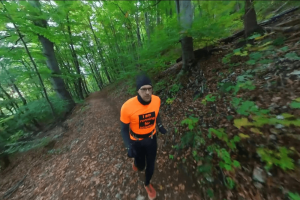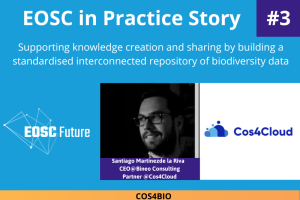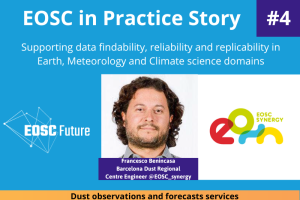BIGcold BBC R&D: video coding and compression

Societal challenges
Audiences are consuming more and more video, demanding increasingly higher quality, using a variety of devices including TVs, smartphones, tablets and computers.
This is why video compression standards are needed, which allow compressed content to be distributed and then decoded by anyone – ready to be displayed on the device of choice.
The video coding team within BBC R&D focuses on multiple aspects of video technology, with the general goal of supporting the delivery of high-quality content to all BBC audiences. In addition to performing core fundamental research on video compression standards, the video coding team is researching new, advanced ways of performing compression based on machine learning, artificial intelligence and content analytics, while also applying our findings to enable new content experiences.
Technical challenges
The use of large-scale processing resources have the capabilities to transform how content providers obtain, produce and deliver content in challenging scenarios. A move away from expensive bespoke broadcast specific facilities and hardware to more commoditised scalable-cloud based resources will enable providers to more efficiently manage its content compared to what has traditionally been achievable.
How EOSC can help and add value
This use case is part of the EOSC Digital Innovation Hub, which supports its implementation and facilitates access to the EOSC services to the private sector. BBC is advised and supported in the use of scalable GPU compute platforms provided by European e-infrastructure providers.
BIGcold BBC R&D: video coding and compression Read More »









